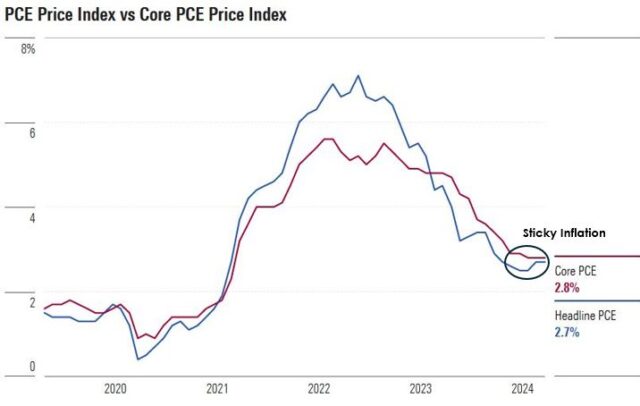A Fun Guide on Saving for Retirement
Do you daydream about retiring early and traveling the world? Or are you worried you won’t have enough money saved to ever retire at all? Either way, planning for retirement may seem boring or stressful. But it doesn’t have to be! This fun guide breaks down the most common retirement accounts, how to optimize them, and tips to help you save for the future retirement of your dreams.
Tax-Advantaged Accounts to the Rescue
First things first, you’ll want to take advantage of accounts that give your savings a little tax break to grow faster. With 401(k)s for private sector employees and 403(b)s for non-profit personnel, you can score big by contributing pre-tax dollars straight from your paycheck. It’s like intercepting a portion of your income before it even hits your bank account. Plus, many employers offer matching contributions, which is like getting a bonus touchdown pass thrown right into your retirement fund!
Whether you have a retirement savings plan at work or not you may also want to contribute to an IRA (Individual Retirement Accounts). These accounts come in two flavors: Traditional and Roth. Traditional IRAs are like playing the long game, deferring taxes until you make withdrawals in retirement. On the other hand, think of Roth IRAs as your short game where you pay taxes upfront but enjoy tax-free withdrawals down the road.
Maxing Out Contributions
Want to supercharge your retirement savings? Aim to max out your contributions to your employer-sponsored plan and IRAs. Just like professional sports teams have a salary cap when building their rosters there are limits to the amount of money you can stash away in retirement accounts. Please note that you may not be able to contribute to an IRA if you are covered by a workplace retirement plan. Your eligibility phases out starting at $77,000 for single taxpayers and $123,000 for married couples filing jointly.
401(k) Plans:
In 2023, the contribution limit for employees participating in 401(k) or 403(b) plans was $22,500. That limit increase to $23,000 in 2024.
Traditional and Roth IRAs:
In 2023, the annual contribution limit for IRAs was $6,500 for individuals under the age of 50. That limit increase to $7,000 in 2024.
Catch-Up Contributions:
For you veteran players, individuals aged 50 and over, the catch-up contribution limit of $1,000 for IRAs in 2023 is holding steady in 2024.
Same thing for employees aged 50 and over participating in 401(k) or 403(b) plans. The catch-up contribution limit sits at $7,500 for 2023 and 2024. Therefore, participants in these plans who are 50 and older can contribute up to $30,500 starting in 2024.
Consistency is Key
Championship dynasties are built on consistent coaching and player development over time, not quick fixes. By setting up automatic contributions every month you steadily build your investment portfolio. Compounding works like athletic training – today’s small fitness gains accumulate into huge performance ability over years of focused effort. The key is continuing to invest regularly because market drops mean your ongoing contributions buy more shares. This allows you to ride the next wave back up over long periods of time. Taking advantage of compound growth and down markets sets your savings up for success.
Keep Your Eye on the Prize – Retirement Readiness
Don’t wait until the two-minute warning to start saving for retirement. Time is your biggest ally when it comes to building wealth. Even small contributions can grow into a retirement touchdown thanks to the magic of compound interest. So, lace up those cleats and start socking away cash as soon as possible. Your future self will thank you for it!
What does your dream retirement include? Picture yourself already there, living life on your own terms, as you take small steps today to make that a reality someday. Remember, retirement savings is a marathon, not a sprint. So, find a strategy that works for you, stay disciplined, and keep your eyes on the prize – that retirement freedom where every day feels like game day!
